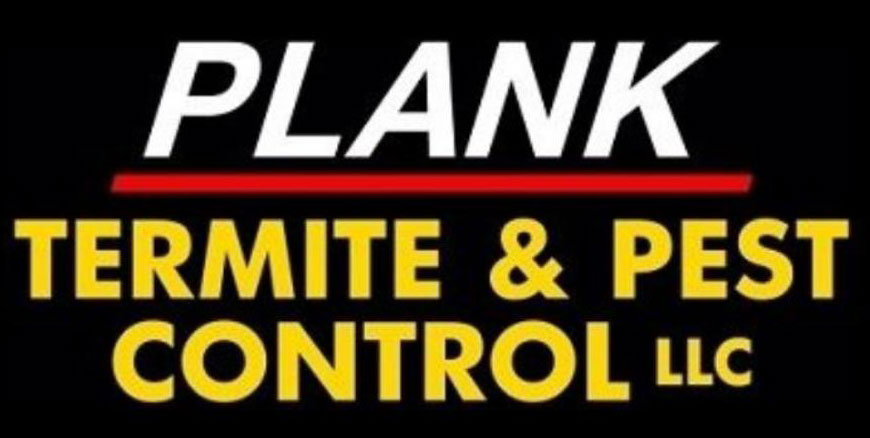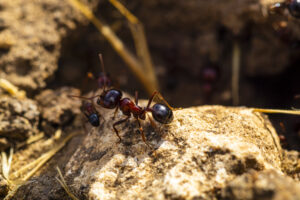Ants are tiny creatures that can create big problems when they invade your home, yard, or office. They can contaminate food, and build unsightly trails, and some types of ants can even cause serious structural damage and pose health risks. To effectively control ants, it’s important to understand their behavior, as different species of ants have different habits and preferences.
In this comprehensive guide, we will provide you with expert tips and techniques from pest control professionals to help you tackle ant infestations using both natural and chemical methods. Our guide covers a wide range of topics from preventive measures to targeted treatments, so you can create a safe and ant-free environment. Whether you’re dealing with tiny sugar ants or aggressive carpenter ants, our guide will equip you with the knowledge and tools you need to get rid of ants for good. So let’s dive in and start taking control of your ant problem together!
Understanding Ant Behavior
Before delving into ant control methods, it’s essential to grasp their behavior patterns. Ants are social insects that live in colonies, with each member playing a specific role. They communicate through chemical signals and work together to forage for food and expand their nests. By understanding their behavior, you can implement targeted strategies to disrupt their activities and prevent infestations.
Preventative Measures
When it comes to preventing ants from entering your home, there are a few things you can do. First, inspect your home for any cracks, gaps, or openings where ants could potentially enter. These could be around windows, doors, or even pipes that come in and out of your home. Once you’ve identified these entry points, you can use caulk or weather stripping to seal them up and prevent ants from gaining access.
Another important step is to keep surfaces in your home clean. This means wiping down countertops, sweeping floors, and ensuring that all food is stored in airtight containers. Ants are attracted to food sources, so eliminating these potential sources can go a long way in preventing them from coming into your home.
Finally, it’s important to trim any vegetation around your home. Trees, shrubs, and bushes can provide a bridge for ants to access your home, so keeping them trimmed away from your home is essential. By taking these steps, you can greatly reduce the chances of ants invading your space and ensure that your home remains clean and pest-free.
Create an Ant-Free Space
If you’re dealing with an ant infestation, you know how frustrating it can be to try and get rid of these tiny pests. Fortunately, by following some of the prime tactics recommended by pest control experts, you can create a safe, ant-free environment for yourself and your family.
One of the first steps in dealing with an ant infestation is identifying the type of ant that is causing the problem. Different types of ants require different treatments, so it’s important to know what you’re dealing with before you start trying to get rid of them.
Once you’ve identified the type of ant, you can start taking proactive measures to keep them at bay. This can include sealing up any cracks or gaps in your home’s exterior, cleaning up spills and crumbs immediately, and storing food in airtight containers.
Remember, it’s important to take action as soon as you notice an ant infestation. Don’t let these pesky pests take over your space—take proactive measures to keep them at bay and enjoy a pest-free living environment. And if you need professional ant control services, don’t hesitate to contact Plank Pest today to say goodbye to ants for good.


Recent Comments